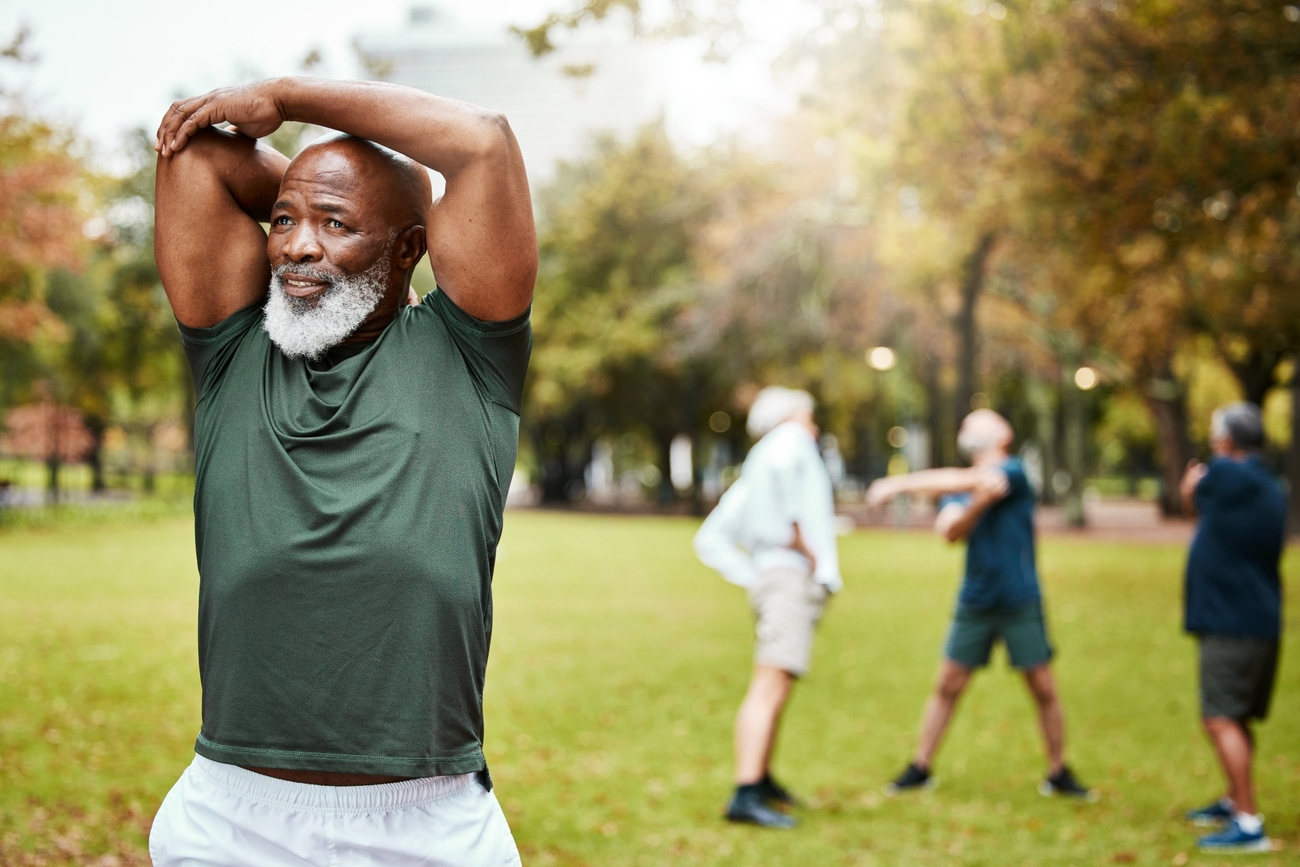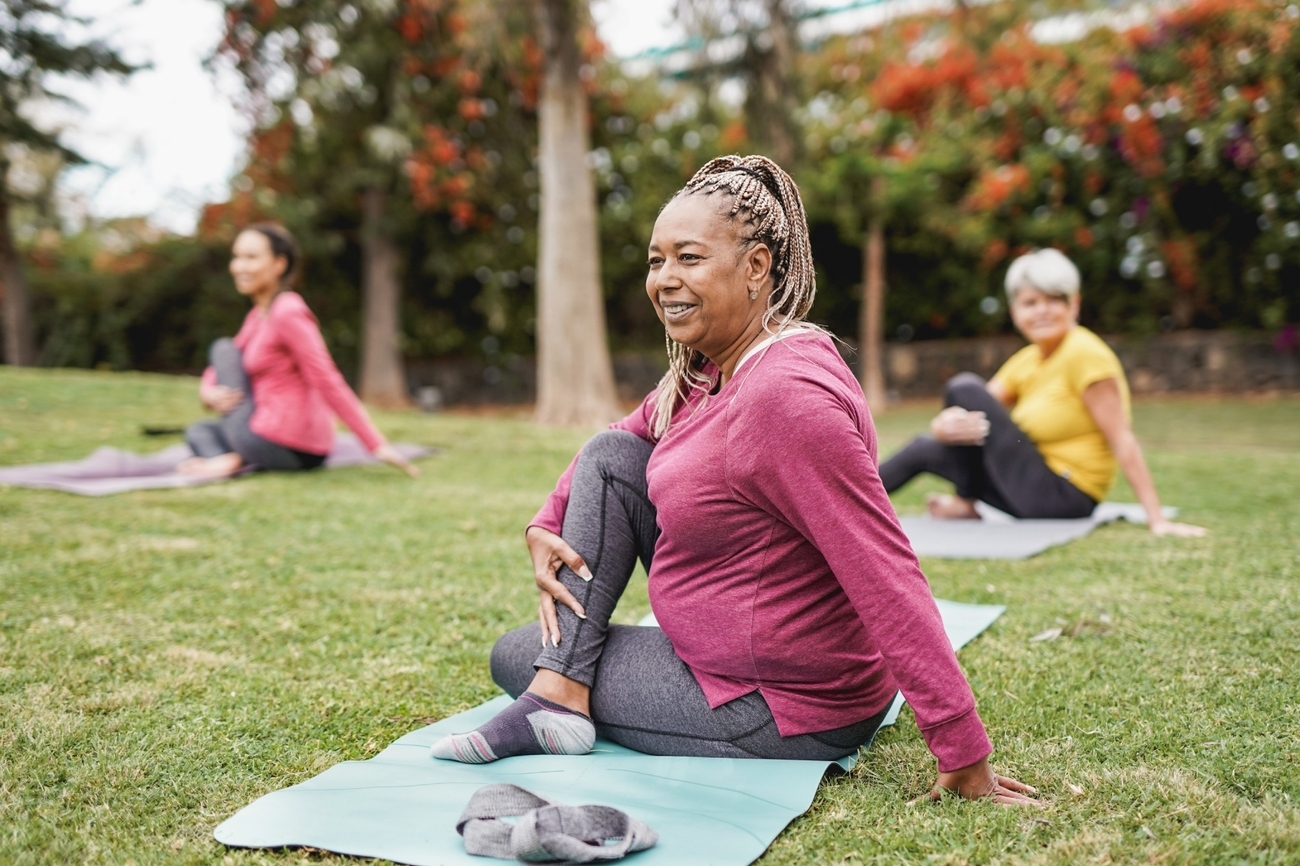The Common Causes of Neck Pain and How to Treat Them

This article has been medically reviewed for accuracy
The knee is the largest joint in your body and plays an important role in movement.1
The knee bears a large amount of weight, making it prone to injuries and knee pain, which can range from temporary to chronic issues requiring professional diagnosis and treatment.1
The exact location of the pain usually indicates which part or parts of your joint are injured. You might feel pain:
Knee pain can begin as a mild discomfort and get worse over time.2 Some of the symptoms that accompany knee pain include swelling, stiffness, weakness, or instability, and popping or crunching sounds.3
Knee pain can result from various factors related to activities, habits, and physical conditions. This includes:
Avoiding knee pain isn't always possible, especially if it stems from unforeseen injuries. But there are a few ways to ease the pain. Below, we list a few options you can consider.
Cryotherapy or cold therapy can help ease knee pain. Try the R.I.C.E. method—an effective home cold therapy treatment that comprises:
Medications such as NSAIDs (ibuprofen, aspirin, naproxen) can help manage pain but should be used cautiously and not for prolonged periods without medical advice. It’s always recommended to to check with your healthcare provider to see which therapy is right for you.
You can also use a topical analgesic. Biofreeze’s topical analgesics provide targeted pain relief for aching joints. They’re menthol-based and available in a variety of formats, including creams, gels and sprays.4
Physical therapy may be advised for conditions like arthritis or post-injury recovery. A physical therapist can teach you exercises to strengthen muscles around the knee, improving stability and reducing pain.1
If your knee pain has just started and is not severe you can include the following:
Knee pain can manifest on various parts of the knee, including on either side, behind, above or below the knee.2
Various factors may contribute to pain in specific areas of your knee. However, common causes for pain in the side of the knee include meniscus or collateral ligament tears, or even arthritis. 2 Pain behind the knee could also be due to arthritis or injuries.2
If you suspect that your knee pain is due to an accident or injury, contact your health care provider.2
If the pain is mild, you can try to manage it at home by performing a combination of stretching and strengthening exercises that work several different muscles, from the hip abductors to the hamstrings and quadriceps.5
Call your doctor if2,3:
This article has been medically reviewed for accuracy



Easy Application
Easily Covers Small & Large Areas
Targeted Relief
Overnight Relief with Lavender scent
Long Lasting
Easily Covers Small & Large Areas

